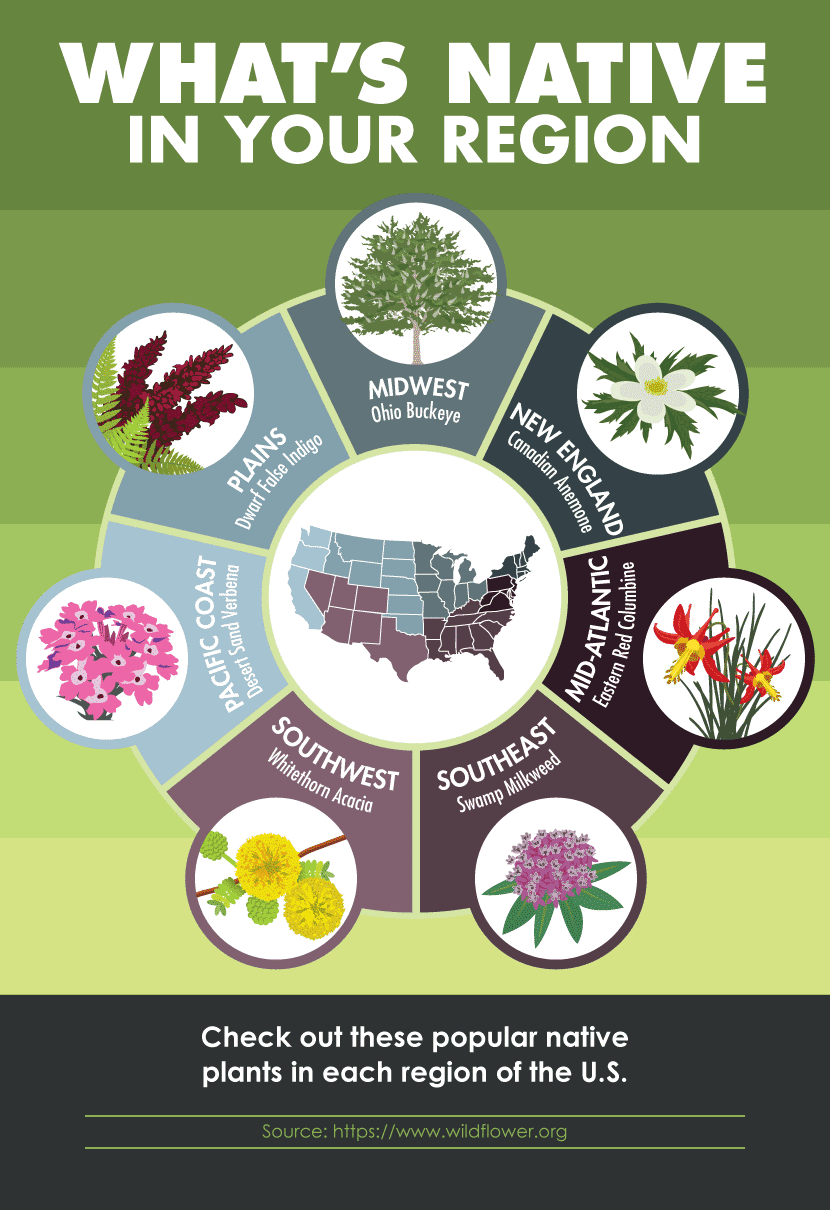How to Create a Wildlife-Friendly Garden: A Step-by-Step Guide

Imagine stepping into your garden and being greeted by a symphony of birdsong, the gentle hum of bees, and the rustling of leaves as squirrels scamper about. Creating a wildlife-friendly garden is not just about aesthetics; it's about fostering a thriving ecosystem right in your backyard. By following this step-by-step guide, you can transform your garden into a sanctuary for local wildlife, all while enjoying the beauty and tranquility it brings.
Understanding the Importance of a Wildlife Habitat
Before diving into the specifics, let's understand why creating a wildlife-friendly garden is so important. As urbanization continues to encroach on natural habitats, many species are struggling to find suitable places to live and thrive. By designing your garden with wildlife in mind, you can provide a crucial refuge for these creatures, contributing to the overall health of your local ecosystem.
Step 1: Assess Your Garden Space
The first step in creating a wildlife-friendly garden is to assess your space. Consider the size, layout, and existing features of your garden. Are there any natural elements like trees, shrubs, or water features? Identifying these elements will help you determine what additions and modifications are needed to attract wildlife.
Step 2: Choose Native Plants
One of the most critical aspects of eco-friendly gardening is selecting native plants. Native plants are adapted to your local climate and soil conditions, making them easier to care for and more resilient. They also provide the necessary food and shelter for local wildlife. Research the native plants in your area and incorporate a variety of them into your garden design.
Step 3: Provide Food Sources
To attract wildlife, your garden must offer a variety of food sources. Planting a mix of flowers, shrubs, and trees that produce berries, nuts, and seeds will provide a year-round food supply for birds, insects, and small mammals. Consider adding a bird feeder or a nectar feeder for hummingbirds to supplement natural food sources.
Step 4: Create Shelter and Nesting Sites
Wildlife needs places to hide, rest, and nest. Incorporate elements like dense shrubs, tall grasses, and rock piles to provide cover. You can also install birdhouses, bat boxes, and insect hotels to offer additional nesting sites. Remember, the more diverse the habitats, the more diverse the wildlife you'll attract.
Step 5: Add Water Features
Water is essential for all life, and adding a water feature to your garden can be a magnet for wildlife. A birdbath, pond, or even a shallow dish of water can provide a drinking and bathing spot for birds and other creatures. Ensure the water is clean and accessible year-round.
Step 6: Design with Layers
A well-designed wildlife-friendly garden should have multiple layers, mimicking the structure of natural habitats. Plant tall trees, medium-sized shrubs, and low-growing groundcovers to create a diverse and interconnected ecosystem. This layered approach provides various habitats for different species.

Step 7: Minimize Chemical Use
Eco-friendly gardening means minimizing the use of pesticides and herbicides. These chemicals can be harmful to wildlife and disrupt the natural balance of your garden. Instead, opt for organic and natural methods to control pests and weeds. Encouraging natural predators like birds, bats, and beneficial insects can help keep pests in check.
Step 8: Maintain Your Garden Naturally
Regular maintenance is essential to keep your wildlife-friendly garden thriving. However, avoid over-pruning and excessive tidying. Leaving some areas wild and untouched can provide valuable habitats for wildlife. Composting and mulching can also enrich the soil and support a healthy ecosystem.
Step 9: Observe and Adapt
Creating a wildlife-friendly garden is an ongoing process. Observe the wildlife that visits your garden and adapt your design based on their needs. Adding new plants, creating additional habitats, and making adjustments as necessary will help you create a thriving ecosystem.
Conclusion: Embrace the Wild Side
Creating a wildlife-friendly garden is a rewarding journey that benefits both you and the local ecosystem. By choosing native plants, providing food and shelter, and minimizing chemical use, you can transform your garden into a vibrant sanctuary for wildlife. Embrace the wild side and enjoy the beauty and tranquility that a wildlife-friendly garden brings.
FAQs
What are the benefits of a wildlife-friendly garden? A wildlife-friendly garden provides a refuge for local species, supports biodiversity, and creates a beautiful and tranquil space for you to enjoy.
How do I choose the right native plants for my garden? Research the native plants in your area and select a variety that provides food and shelter for local wildlife. Consider factors like soil type, sunlight exposure, and water needs.
Can I still have a well-manicured garden while being wildlife-friendly? Yes, you can balance aesthetics with wildlife needs. Incorporate structured elements like paths and seating areas while leaving some areas wild and untouched for wildlife.
How can I attract specific types of wildlife to my garden? Different wildlife species have specific needs. Research the habitat requirements of the species you want to attract and design your garden accordingly.
What should I do if I encounter pests in my wildlife-friendly garden? Use natural and organic methods to control pests. Encourage natural predators like birds and beneficial insects to help maintain the balance in your garden.
0 Response to "How to Create a Wildlife-Friendly Garden: A Step-by-Step Guide"
Post a Comment